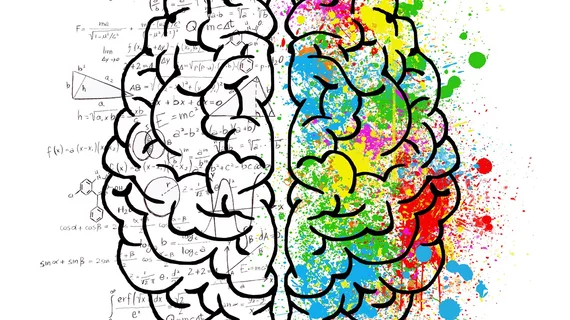MRI scanning is among the most advanced medical imaging techniques currently in use. Yet a multidisciplinary team of researchers has taken it to another level, developing a magnetic resonance technique that captures real-time brain movement in “stunning” detail.
Known as 3D amplified MRI, or 3D aMRI, the novel development visualizes pulsating brain movements that can assist clinicians with difficult-to-detect afflictions such as obstructive brain disorders and aneurysms before they turn deadly.
The technique was unveiled in two related papers. The first, published Wednesday in Magnetic Resonance in Medicine, compares 3D aMRI to its 2D predecessor. In the second, shared the same day in Brain Multiphysics, the authors validate their new software and show how it accurately captures brain movements.
"The new method magnifies microscopic rhythmic pulsations of the brain as the heart beats to allow the visualization of minute piston-like movements that are less than the width of a human hair," lead author of the first article Itamar Terem, a graduate student at Stanford University, said in a statement. "The new 3D version provides a larger magnification factor, which gives us better visibility of brain motion, and better accuracy."
Unlike some conceptual imaging advances, the group is already using theirs in a handful of research projects. One involves using 3D aMRI to uncover insights into the effects of mild traumatic brain injuries while another is working on a non-invasive way to measure brain pressure and eliminate the need for surgery, in some cases.
Radiologists, engineers, biologists and other specialists from Mātai Medical Research Institute in New Zealand, Stevens Institute of Technology, Stanford University, the University of Auckland and many additional institutions also contributed to this work.
They say it may significantly help radiologists and, eventually, be used for disorders outside the brain.
"We showed that 3D aMRI can be used for the quantification of intrinsic brain motion in 3D, which implies that 3D aMRI holds great potential to be used as a clinical tool by radiologists and clinicians to complement decision-making for the patient's treatment," Mehmet Kurt, with Stevens Institute of Technology, a private research university in Hoboken, New Jersey, explained.
You can see a video of this new technology in action here.

